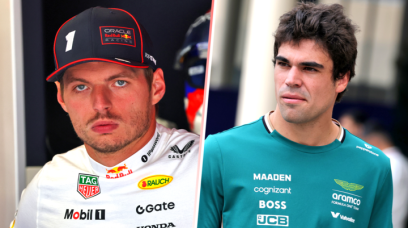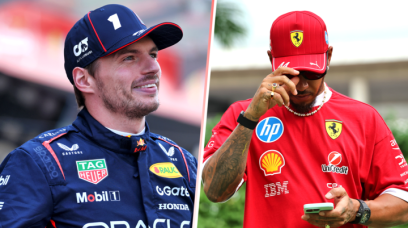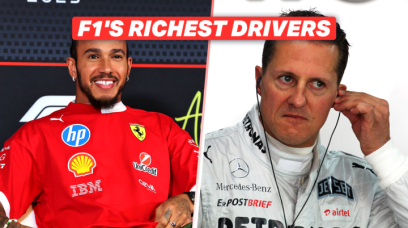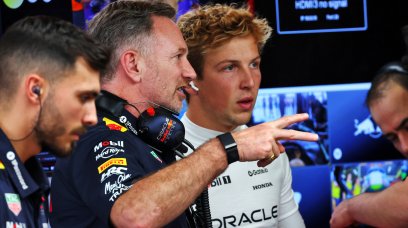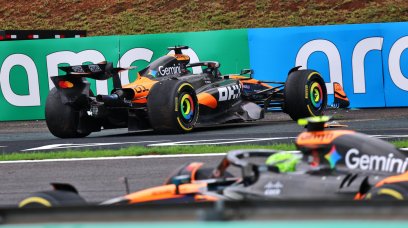Martin Brundle says F1's current grid penalty system is tarnishing the image of the sport and needs revising. Ahead of the Italian Grand Prix, seven drivers knew they would be obliged to drop places on the grid for Sunday's race, having exceeded their season's quota of various components. One such driver was Max Verstappen, who finished qualifying in second place, but knew he was facing a five-place grid drop for taking his fifth power unit of only three permitted for 2022. But with three drivers immediately behind Verstappen also due to drop places, there followed several hours of confusion while the FIA deliberated over whether Verstappen ought to start fourth or seventh. Ultimately, Verstappen did end up starting seventh, but the long-drawn-out process to determine the grid order prompted Brundle to suggest that a simplified procedure was necessary. "With seven cars choosing to, or mostly forced to, take penalties for new power unit components and other misdemeanours, for the second time in three races the grid didn't remotely represent the qualifying order," Brundle wrote in his column for Sky F1 . "This is an unacceptable situation because when the fans turn up trackside or switch on their TV sets to watch qualifying, they should reasonably expect that they're watching the race grid being formed. "Instead, we waited for several hours for the tortuous and complex process of how penalties were applied."
Could drive-through penalties be applied?
Instead of grid drops, Brundle suggested that an alternative option might be to impose mid-race drive-through penalties, or hit offending teams with financial sanctions. "We need solutions here because this is a bad look for F1," said Brundle. "The initial concept is necessary to stop teams throwing new power units and ancillaries at their cars. "Options might include simply giving each driver more power units per season, applying an in-race penalty such as a pit lane drive-through to be taken at some point in the race, or giving the teams commensurate financial and championship points pain, rather than the drivers having to carry the burden through no fault of their own. "A mixed-up grid can make for an interesting race observing drivers making their way through the field, but better still is when the six cars with a realistic chance of winning the race are wheel to wheel in the correct grid places.
Most read


